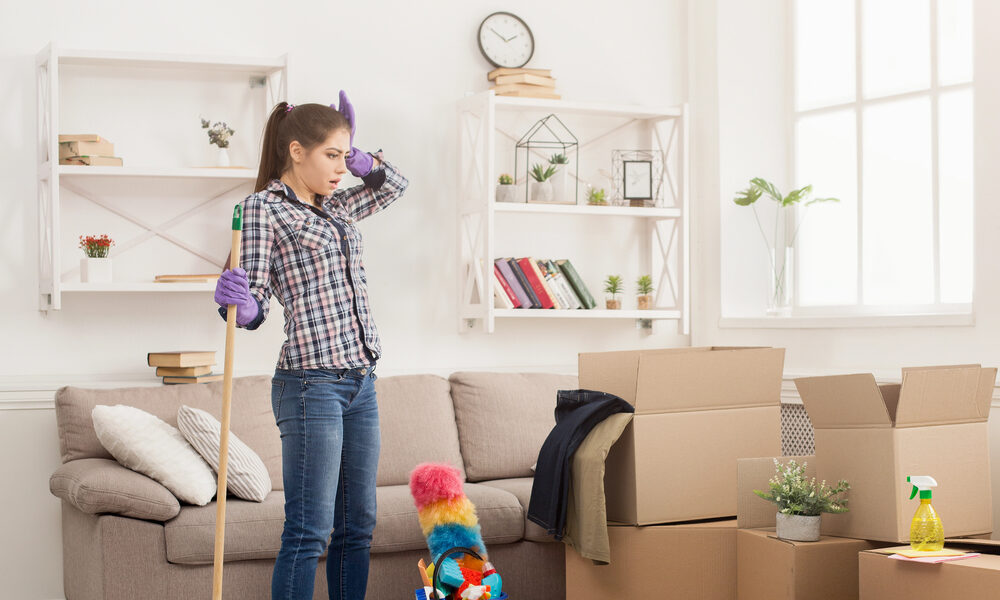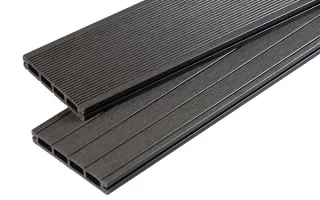Life gets messy—literally and figuratively. Between work deadlines, school pickups, and the general chaos of everyday life, keeping your home clean and calm can feel like a luxury. But a cluttered space often leads to a cluttered mind. Creating a tidy, peaceful environment doesn’t mean perfection—it means having simple systems that work even when life gets hectic.
According to the American Cleaning Institute, 78% of people say having a clean home reduces their stress levels, and 70% say it improves their productivity. Here’s how to keep your space calm, without adding more stress to your plate.
Start with “Good Enough” Cleaning Habits
When time is tight, aiming for spotless perfection will only burn you out. Instead, focus on what we’ll call “good enough” habits—small actions that keep things functional and reduce buildup over time.
Quick daily resets that make a difference:
- Make your bed every morning (it sets the tone)
- Clear dishes from the sink after each meal
- Wipe down counters while cooking
- Put laundry away immediately after drying
- Do a 5-minute tidy-up before bed
These bite-sized habits are easy to teach kids too, so the whole household shares the load.
Create Zones to Contain the Clutter
One of the fastest ways to reduce visual overwhelm is to create “zones” in your home. These don’t require labels or color coding—they’re simply designated spots where items belong. When everything has a place, clutter becomes easier to manage.
Set zones for:
- Drop-off spots (keys, bags, shoes near the entry)
- Kids’ gear (a bin for school papers, sports stuff, or art)
- Mail and bills (an inbox tray that gets reviewed weekly)
- “Pending” piles (don’t ignore them—give them a shelf or drawer)
- Donation or “out the door” baskets
Zones help prevent those dreaded piles from spreading across every surface and give you quick wins when you’re short on time.
Streamline What You Actually Use
You’ve heard it before—less stuff = less mess. But decluttering doesn’t mean you have to overhaul your whole house in one go. In fact, small purges work better during busy seasons.
Try the one-drawer-a-day rule. Each evening or morning, spend 5–10 minutes editing just one drawer, bin, or shelf. Keep what you use, toss what’s broken, and donate what no longer serves you.
High-impact areas to start:
- Junk drawers
- Bathroom cabinets
- Pantry shelves
- Entryway baskets
- Nightstands
Even minimal decluttering can free up mental space and reduce time spent looking for things.
Make Cleaning Easier to Access
If your cleaning supplies are all in one cabinet on the other side of the house, chances are you’ll procrastinate small messes. Keep essential tools in each major zone of the house to encourage spot cleaning.
Essentials to stash around the house:
- Microfiber cloths and all-purpose spray
- Mini vacuum or cordless handheld
- Disinfecting wipes
- Trash bags and a backup roll of paper towels
- Lint roller or pet hair remover
This setup makes it way easier to clean as you go—so tasks don’t snowball into an overwhelming chore day.
Use a Cleaning Service as Backup
Sometimes, no amount of hacks or routines will cut it. You’re swamped, you’re drained, and your space reflects it. That’s when calling in reinforcements is the smartest move—not a failure.
Hiring a professional cleaning service can save time, reduce mental load, and reset your space so you can breathe again. Even if it’s just once a month or ahead of a big event, the impact is real. And studies show that people who outsource time-consuming chores report feeling happier and less stressed overall.
Benefits of using a cleaning service:
- Deep cleans hard-to-reach or often-ignored areas
- Gives you back valuable hours
- Reduces tension or resentment in shared households
- Provides a fresh slate to maintain on your own terms
If cleaning is always at the bottom of your to-do list, this might be the one investment that buys back sanity.
Add Calm with Small Sensory Cues
A clean space is one thing—but a calm space feels different. You can amplify that feeling by tuning into the senses. Lighting, scent, and texture all affect how we feel at home.
Small touches that promote calm:
- Soft throw blankets and cozy pillows
- Warm light bulbs or dimmable lamps
- Calming scents like lavender, eucalyptus, or lemon
- Background music or white noise machines
- A designated reading or “no phone” nook
These little cues can trick your nervous system into relaxing—even if the laundry isn’t folded and your inbox is still full.
Final Thoughts
Your home doesn’t need to be Pinterest-worthy to feel good—it just needs to support your well-being, not drain it. By building small routines, reducing clutter, and giving yourself permission to get help (like a cleaning service), you create a home that feels like a soft place to land, no matter how busy life gets.
So take a breath. Wipe one counter. Light a candle. And remember: calm isn’t about perfection—it’s about creating space to feel at ease.



